D5 Render is an intuitive and effective tool for creating high-quality animations, thanks to its abundant dynamic models and fast output speed.
Articles
How to Make Animation Rendering Faster with D5 Render
Alfredo Jaar: Sadness as an Uninhabitable Space

This article is based on a lecture given by Chilean artist and architect Alfredo Jaar at the 20th Architecture and Urbanism Biennale in Valparaiso, Chile, on October 26, 2017.
It's June of 1980. Alfredo Jaar, a recent dropout of the University of Chile's architecture program, walks through the center of Santiago carrying two large signs. He grabs a spot in the shade next to a kiosk and intercepts passers-by to ask them his questions. In the midst of a military dictatorship, Jaar wants the people to vote, but not for the constitutional plebiscite or in the democratic elections. He doesn't even have paper or pencil for them to vote with. There's no line to mark on. His campaign centers on a mint--white and round--like a casino raffle ball.
Jaar's questions are loaded ones. "Are you happy?" (¿Es usted feliz?) he asks. "How many people in Chile do you think are happy?" "How many people in the world?"
The Beauty of Exposed Wooden Trusses

Timber trusses are wooden structural frameworks used to support roofs or other heavy structures. Fabricated from a series of triangles linked by a ridge beam and purlins, wooden trusses are structurally advantageous due to their high strength-to-weight ratios and corresponding ability to support long spans. However, these structural components can also be used for aesthetic ends, and when left exposed, can complexify, beautify, and open an interior space.
High-Rise Living: 7 Houses Under 65m² in Rooftops and Attics

When it comes to attics, we often imagine underused spaces in homes and buildings, such as warehouses or rooms that are exclusively used to shelter infrastructure systems. However, reflecting on the reuse of traditional attics in 19th-century Parisian buildings as housing, which is happening nowadays, one realizes that these spaces can be reinvented and, with a little creativity, they can provide impressive living spaces.
What is Sustainability Anyway?

“Sustainability is like teenage sex. Everybody says they’re doing it, very few people are actually doing it. Those who are doing it, are doing it badly," once Joseph Romm said.
It is evident that there are many misconceptions about what sustainable architecture really is. Some define it as building with recycled materials, others believe it is all about integrating green elements into the architecture, and some mount solar panels onto their roof and label the project “green”.
How to Balance Creativity and Constructibility? Design Assist Smartly Links Owners, Architects, and Contractors

Every project begins with a design, and ends with an attractive and functional building. What happens between these two end points is where it gets interesting - and challenging. The construction process is complicated. It means meeting and exceeding expectations in design, affordability and constructibility. It means overcoming hurdles and facilitating smooth transitions from design to engineering to construction. And for complex projects with more unusual features and elements, the risk factors increase exponentially.
The 5 Points of Modern Architecture in Contemporary Projects

In 1926, Le Corbusier developed the five points that would become the foundations for modern architecture. Once materialized in 1929 in the iconic Villa Savoye project, Le Corbusier's principles - pilotis, free design of the ground plan, free design of the facade, horizontal window, and roof garden - have been extensively explored in modern architecture and continue to influence the most diverse contemporary architectural projects to this day.
The five points became a kind of guideline for the New Architecture, as Corbusier used to call it. Even after decades, new technologies, materials, and demands of society have continued to update those architectural solutions, announced almost a century ago as the basis for a new architecture.
From Urban Issues to Multi-Unit Housing: 4 Young Practices in Europe

New Generations is a European platform that analyses the most innovative emerging practices at the European level, providing a new space for the exchange of knowledge and confrontation, theory, and production. Since 2013, New Generations has involved more than 300 practices in a diverse program of cultural activities, such as festivals, exhibitions, open calls, video-interviews, workshops, and experimental formats.
6 Ways to Enhance your Design with a Pivot Door

Pivot doors are not ordinary doors. They used to be a hassle to install and once in place, the door movement was often lacking. Things are different now, as companies like FritsJurgens have incorporated new technologies that take pivot door hardware to a whole new level. Installation is now extremely easy, allowing for versatility and creativity in pivot door design. So, in what ways can a pivot door enhance your interior design?
Metal Profiles Coated with Wood Veneers: 7 Options for Applying them to Architecture

For many, the aesthetics of wood are powerfully enchanting. With a huge diversity of species and innumerable variations in colors, weights, and textures, wood is one of the most highly appreciated materials of all time. But the unrestrained logging of forests for use in construction has had and will continue to have enormous environmental impacts if precautions such as sustainable management, legitimate certification, or reforestation are not taken. Being an organic material, when used for construction, wood tends to morph under conditions of humidity, heat, and loads, and its fibers eventually deform over time. In addition, wood is a material that does not respond well to environments where it is soaked and dried repeatedly, which can cause it to rot after some time if it is not adequately waterproofed. Therefore, there are some situations where using wood may not be a good idea.
6 Small Scale Projects with Large Social Impact

The field of architecture has the potential to influence human relations in countless ways through the built space. In small-scale projects, in particular, the challenges of tackling the dialogue between the space and the individual are combined with the task of conveying ideas to inspire people to explore the use of these minimal spaces.
A Look into Vietnamese Vernacular Construction: 1+1>2 Architect’s Rural Community Houses

This year the United Nations World Tourism Organization (UNWTO) has been looking at tourism as a way to create jobs and opportunities in rural areas under the banner of Tourism and Rural Development.
Rural based Architecture and traditional edifices play an important role in showcasing local heritage building and craftsmanship. It can also offer jobs and prospects outside of big cities particularly for the communities that might otherwise be left behind.
Back To Campus - Opportunities Rather Than Obstacles

Despite the ongoing pandemic, IE University has found a way to welcome 7,000 students from 140 different nationalities back to their physical and digital campuses. Since the start of the crisis, the institution has been working to protect the health of their community of students, professors and staff. They guaranteed the continuity of academic activity through online platforms during the weeks of confinement by incorporating new methodologies and interactive solutions.
Arquitectura Libre: Capturing Mexico's Self-Built Custom Works of Architecture with Adam Wiseman

In Mexico, self-construction has been a topic heated debate between its advocates and opponents; however, this doesn't diminish its prevalence throughout Mexico and the world. Over the past few years, initiatives on the part of architects have driven the creation of instruction manuals for do-it-yourself builders as a way to promote health and safety in self-construction and to also provide insight into building materials and techniques. In many ways, the initiative has improved the self-construction process, a fact evident in the increasingly visible creations seen throughout Mexico.
Why Don’t We Teach Chinese Architecture in the United States?

This article was originally published on Common Edge as "Why Don’t We Teach Chinese Architecture?"
How many U.S. architecture professors know that there is a Chinese treatise equivalent to Vitruvius’ Ten Books of Architecture? Very few, I suspect. I taught architectural history for more than 20 years before I discovered the marvelous Yingsao Fashi, a Song Dynasty book by a prominent court official who, as far as we know, was not an architect or builder. In fact, prior to the Ming Dynasty no prominent temple, palace, or shrine in China was designed by an architect because the concept of a single mastermind in charge of a building project was foreign to the East Asian way of designing environments of any kind.
Brick Award 20: A Tribute to High Quality Brick Architecture
.jpg?1600813854&format=webp&width=640&height=580)
For almost two decades, Wienerberger AG has been hosting the international Brick Award every two years, providing a stage for excellent brick architecture and its architects. Architects from all over the world showcase their innovative concepts with ceramic materials: 644 projects from 55 countries have been submitted for this year's award. The winners of the Brick Award 20 impressed the jury with bold and creative architectural concepts for sustainable and forward-looking spaces.


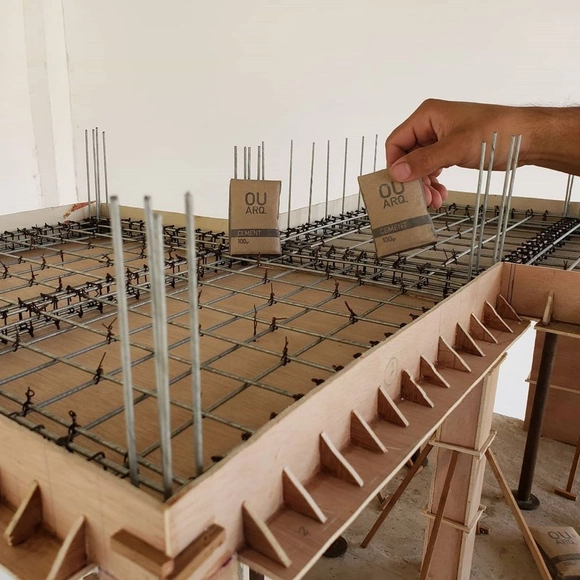

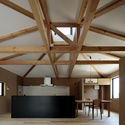
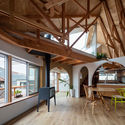
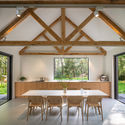
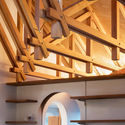












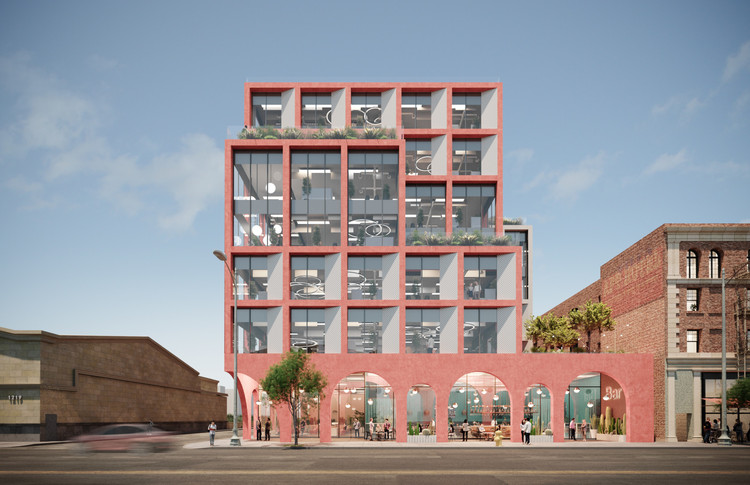















_copy.jpg?1596150637)

























